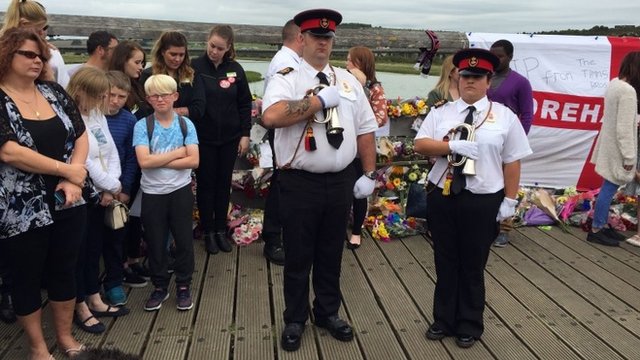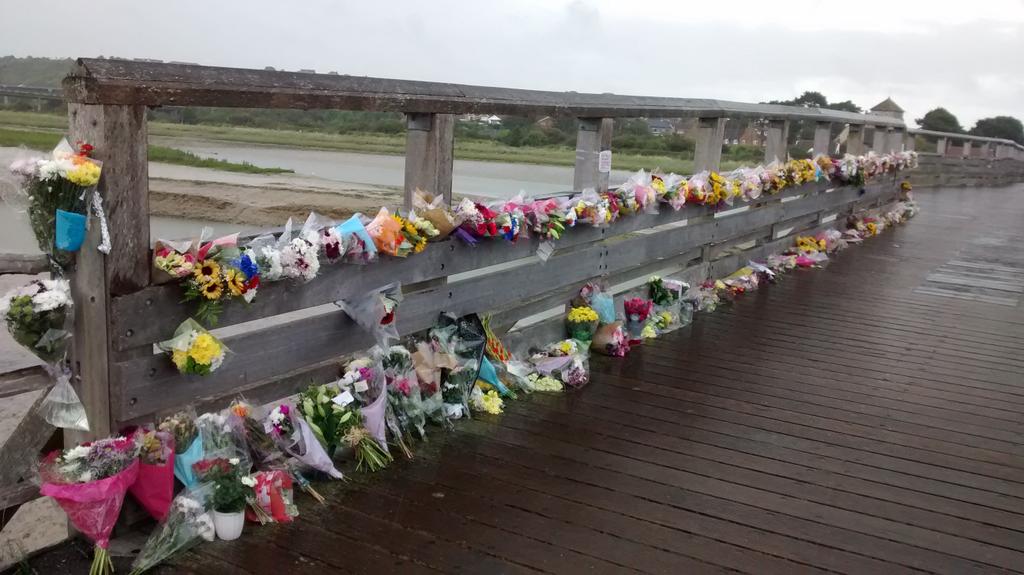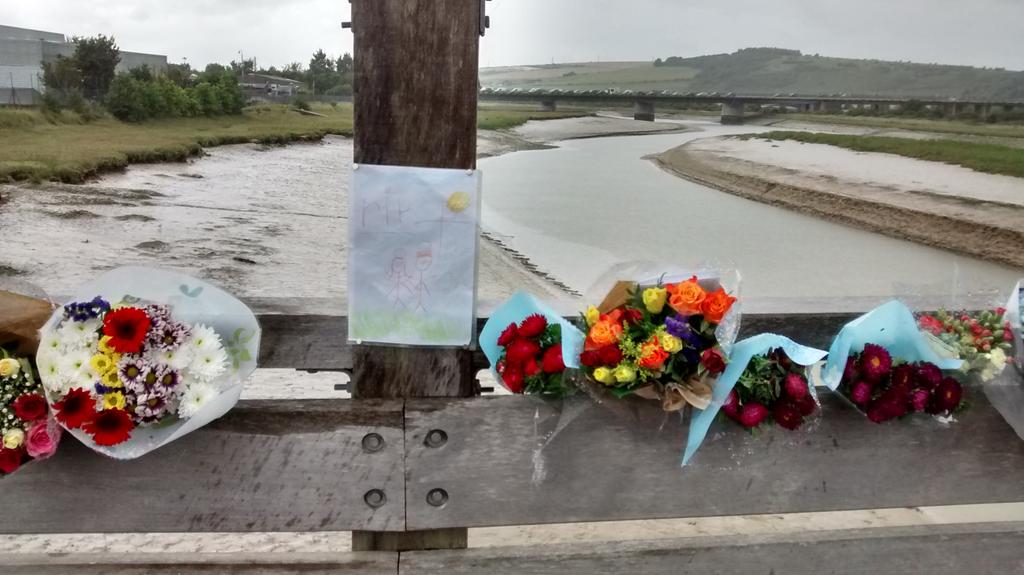"Nearly 1 week since the unfortunate news, where Shoreham Town felt really bruised... Family and friends should know, Shoreham Town is your comfort pillow'
'We may not have known you, but we will never forget you'
'It could have been anyone of us'
There were similar sentiments reported in the mainstream media, with the local Newspaper- the Argus reporting, 'Country to unite in silence for victims', and the BBC highlighting the sense of common identity and mutual support that has emerged from the tragedy, with the following quotes;
'We're all in this together'
'The local community has come together, out of tragedy, there is some goodness that comes out of it'
Finally, there have also been social media tributes, with a Facebook page and many posts on Twitter to highlight the minute's silence for the victims that was observed both locally and nationally.
To me, these different forms of tributes illustrate how disasters can bring people together with a shared sense of identity and mutual support. Work that myself and others has done into social support during and after disasters (Cocking, 2013; Drury 2012) looked at how rather than being seen as a potential problem (as they often are in coverage of mass emergencies) crowds can serve as a kind of 'social cure' in that they can bring people together to support each other in the face of adversity. I wouldn't want to downplay the unimaginable sense of pain and loss that those affected by this tragedy must be feeling, but what I saw today on Shoreham Toll-bridge reinforces my belief in the healing potential that groups can have. This is because it felt today that I was not just in a physical mass- but that I was part of a united crowd of people with a shared purpose and sense of mutual support. I hope that by seeing so many people coming together in this way can provide some comfort for those affected by this tragedy. Or to use the words of one of the tributes I saw today, perhaps Shoreham Toll-bridge will become "a bridge called love"
NHS telephone help-lines have been set up that anyone affected by the disaster can call as follows
West Sussex: 01903 703548
Brighton & Hove: 0300 00 20 060
East Sussex: 0300 00 30 130
Crowds gathering on Shoreham Toll-Bridge for memorial service

Buglers sounded the 'Last Post' to begin the minute's silence
References:
Cocking, C (2013) Collective resilience versus
collective vulnerability after disasters- a Social Psychological perspective.
In R. Arora (ed.) Disaster Management: A Medical Perspective. CABI: Oxford, UK. http://bookshop.cabi.org/?page=2633&pid=2433&site=191
Drury, J. (2012). Collective resilience in mass
emergencies and disasters: a social identity model. In: Jetten, J., Haslam, C.
and Haslam, S.A. (eds) The Social Cure:
Identity, Health and Well-being. Psychology Press, Hove, UK.


